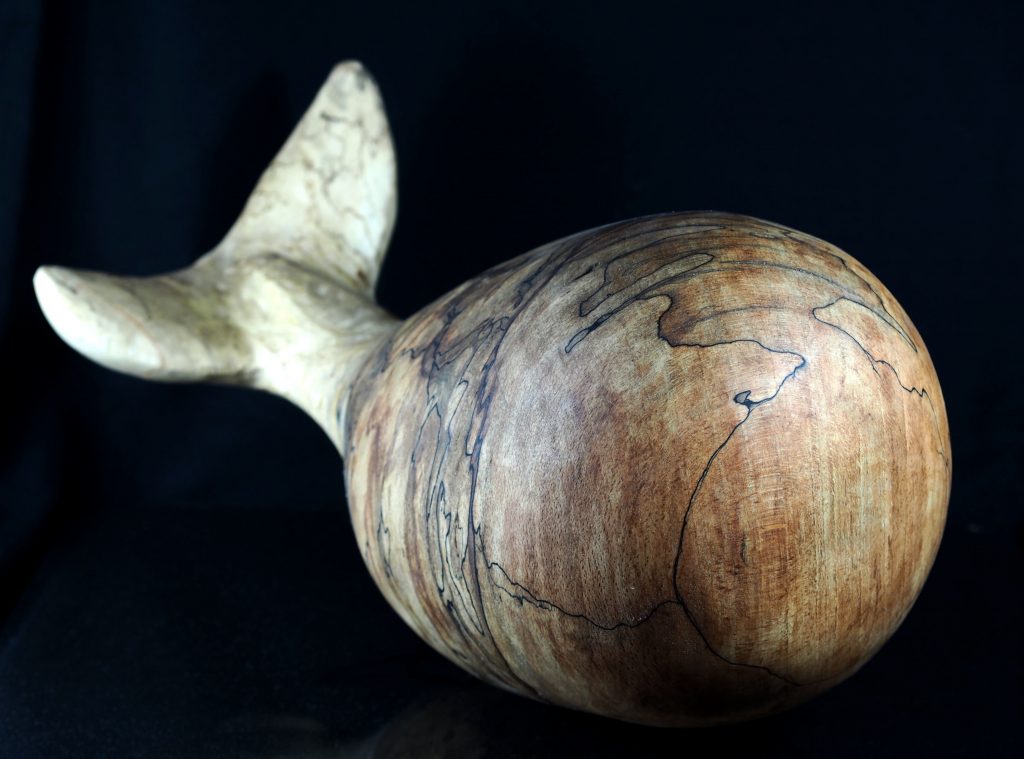You’ve probably admired the beautiful black, brown or sometimes red lines, creating beautiful patterns across a piece of wood, but do you know how these patterns are made?
Spalting is the term used to describe the process by which certain fungi grow on cut or fallen trees and travel up through the timber. They take 2 to 3 years to form these beautiful patterns and the lines mark barriers created by different species of fungi to protect their territories!
If the process were left unchecked, the tree would eventually be consumed by all the tiny fungi and would disintegrate completely. This is nature’s way of processing dead and fallen trees and recycling them back into the environment.
The spalting process creates a patchwork of harder and softer patches in the wood, which make it difficult to work. The artist has to choose the right moment to intervene: wait too long and the wood looks beautiful, but can no longer be stabilised, it will simply disintegrate as you try to work with it.
I fell in love with a beautiful big rectangular chunk of spalted beech and – ever so gently – explored my way in to discover whether there was enough good wood to bring out what I wanted and make the most of the spalting. Experience means that I have a good idea of what will work, but this time I really pushed the limits. A sculpture takes a long time to create and most of the way through I wasn’t sure whether I was wasting my time.
It was touch and go, but worth the extra time and care: I am delighted with the result. I hope you love it too.



You must be logged in to post a comment.